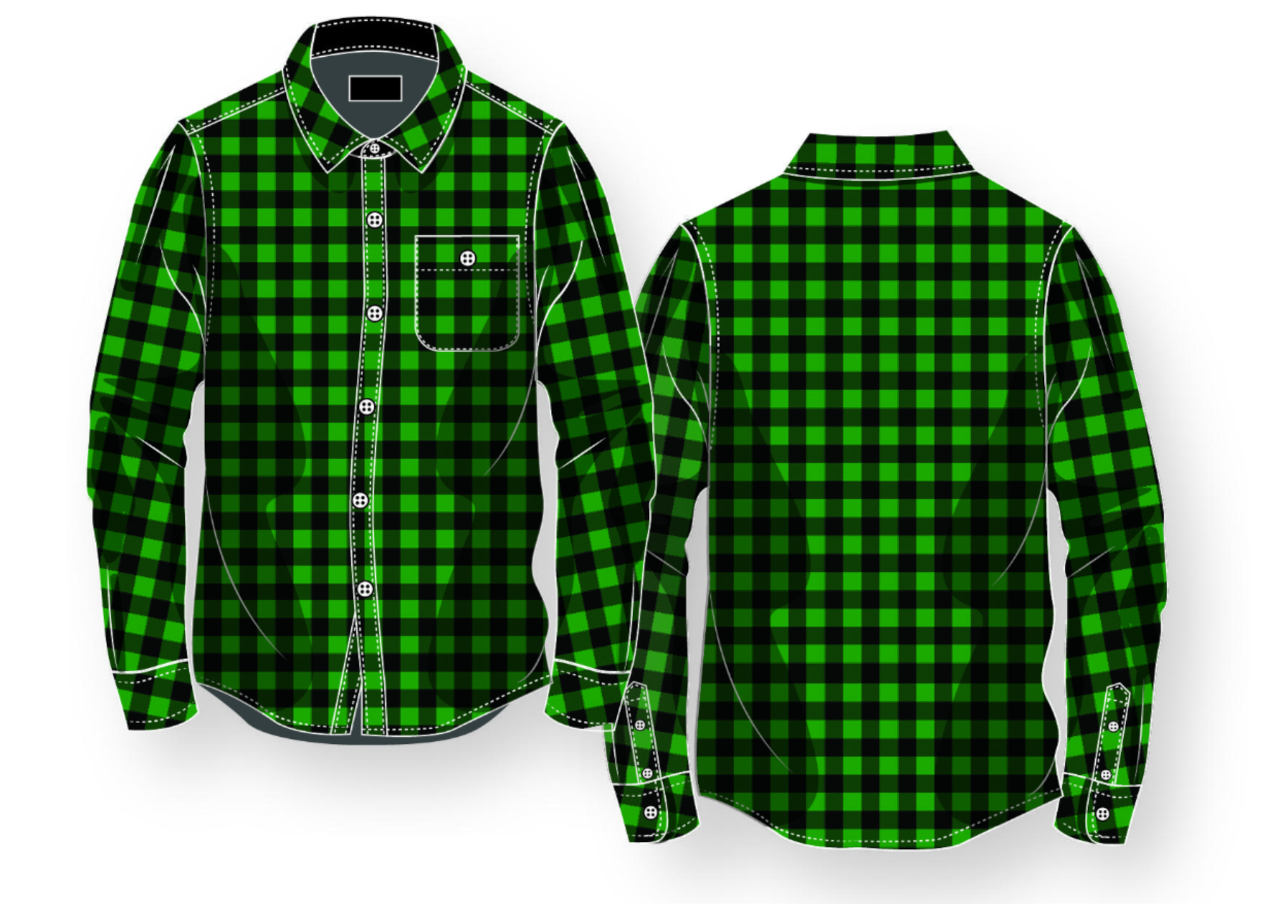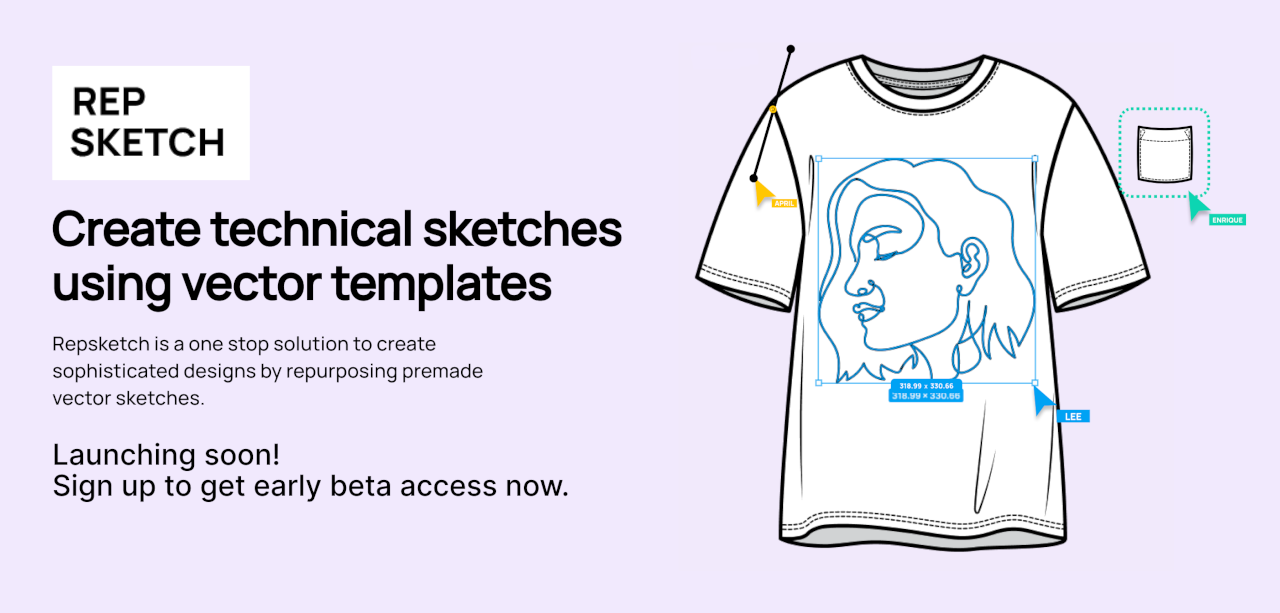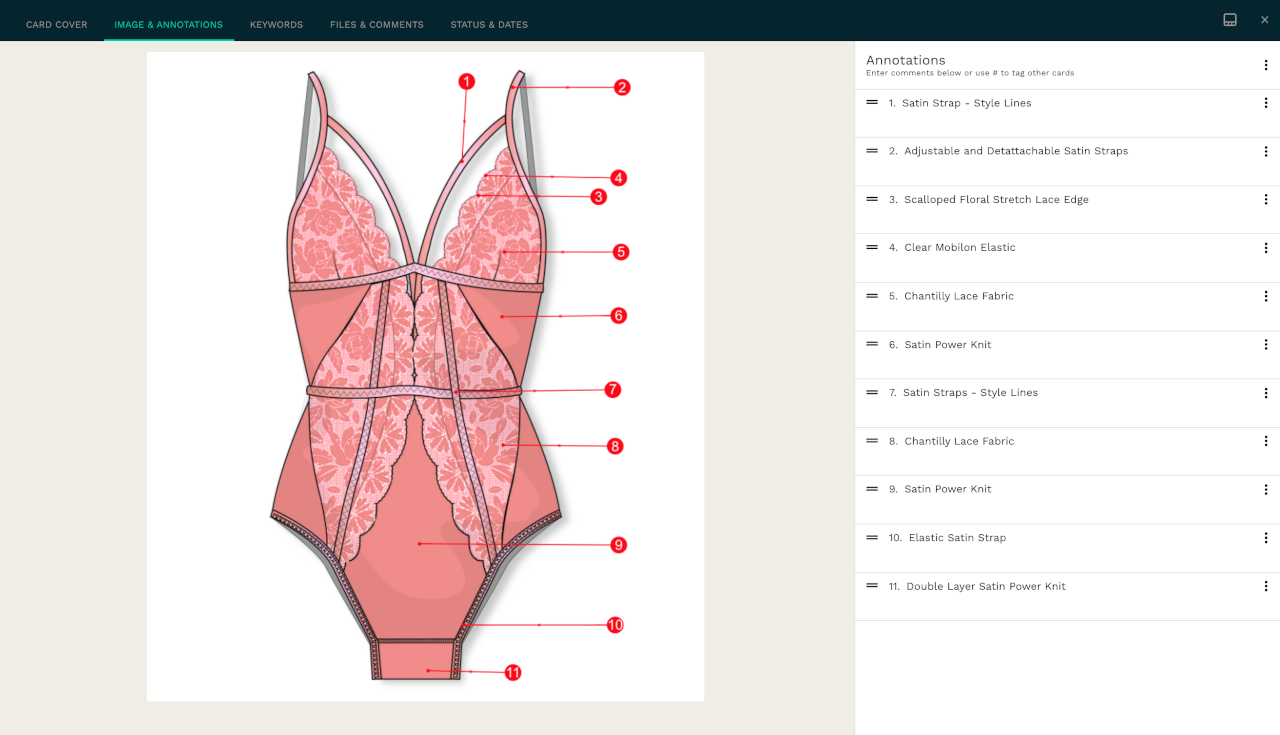Fashion Design: Introduction to Hand Drawn Technical Flats
Welcome to our crash course in fashion flats! Come and take a deep dive into the world of fashion with flat sketches, besides known as tech sketches, line drawings, and pattern development sketches (DDS). You'll be an good by the time you lot're washed reading this!
It All Started in The Caves

Since the dawn of homo, humans have sought out ways of communicating, sharing ideas, practices, customs, and beliefs. The scribes, painters, and rock cutters of ancient Egypt (3200 BC—thirty BC) were among the get-go "commercial" artists, working as paid or conscripted artisans for the Egyptian nation-country.
With the evolution of the mod mode manufacture in the 19th century, designers started using technical sketches to communicate their design ideas and then teams could work on them.
What's a Flat Sketch?

A apartment sketch is a ii-dimensional technical drawing that illustrates a garment with basic solid lines. It's like a "design" of your manner design —much similar an architect's blueprint for a house earlier they can begin to construct information technology.
The word "flat" refers to the way that they are drawn: imagine the garment is lying flat on a table and so that y'all are viewing all the details from either the front or the back.
Aside from front end/dorsum views, some brands will include drawings of details or side views to show how panels travel effectually the trunk or how sections of the garment should exist constructed.
Why Flat Sketches are Of import

As an essential role of the garment specification canvas or tech pack, they give your pattern-maker and your manufacturer's sewing teams all the data they need about the technical components of a piece. How else will they understand your vision?
Deviation Between Flats and Illustrations

A style illustration captures the mood, proportion, and color of your design, information technology's more of an estimation of your thought. Whereas the technical sketch helps translate the garment into something "universal" which a whole team of people can sympathize and work on.
A fashion illustration is transformed into a technical sketch to create a "blueprint" for the pattern and construction of the garment.
Creating Way Flats: The Essentials

ane) Include multiple views of your garment
Sometimes just front/ back views are not enough for a factory to understand your design requirements. Ideally, yous should include side views, inside and other details to show how the garment should be synthetic.
two) Be as Detailed as Possible
Develop templates that are detailed then you can use them later in other tech packs. Remember that with Techpacker y'all can salvage pattern details inside cards to exist used again every bit needed.
3) Keep it Elementary
Add details as explained to a higher place just don't overcomplicate things either. Avoid shading and employ evidently black and white sketches to conspicuously represent your blueprint.
Liking what you read? Subscribe to our newsletters
How to Create Technical Flat Sketches

Technical flat sketches are usually created in Adobe Illustrator. Although, if you lot are a beginner in this field or looking for a faster editing solution in that location are other options. Using vector editor like Repsketch you lot tin re-purpose premade templates from a customs of elevation fashion designers. Select from a variety of styles, from tank tops to evening gowns. Easily change sleeves, neckline, fit, and other design details. Once finished, share a public link of your work or download and add it to your tech pack. Sign up to get early beta admission here.
Tech Developments to The Rescue!
Tech flats used to be hand-fatigued using rulers and black felt tip pens and indicated the scaling of the original design sample measurements.
Today, nearly brands apply Computer-Aided Blueprint (CAD) technologies that enable virtual true to life prototypes, instead of real samples. However, CAD technology isn't cheap and has a steep learning curve. This is why near designers prefer Adobe Illustrator to create their flats or using power vector-editors like Repsketch to utilize the pre-made templates.
The Technical Designer

There'southward really someone who just specializes in technical flat drawings. In fact, their role should exist to link the Design and Product teams. They are essentially the engineers of fashion.
Funnily though, no two Technical Design jobs are ever the aforementioned. To acquire more about all the things tech designers tin do check out this article. The learning opportunities in this field are endless!
Sentry ▶︎
Here'south a video from this insightful postal service by the Academy of Arts, London that nosotros highly recommend for y'all to go on the right track doing flats!
Interesting Resource
→ Free fashion flats in Adobe Illustrator format and tips on how to create flats
Designer Nexus (You lot need to sign up for free first!)
→ Bank check out this designer who looked into creating a Spider web-based Design Support System for Fashion Technical Sketches. Her idea was to enable users to design realistic garments in the form of technical sketches over the cyberspace.
What's adjacent?

Once you have your apartment sketches ready, it'south time to add them to your tech packs and send them over to your manufacturers so they tin get started to plough your idea into a production.
In 3 simple steps, Techpacker allows you to add all your apartment sketches every bit cards, make comments and ship PDF-fix tech packs to your manufacturers in the glimmer of an eye!
0 Response to "Fashion Design: Introduction to Hand Drawn Technical Flats"
Post a Comment